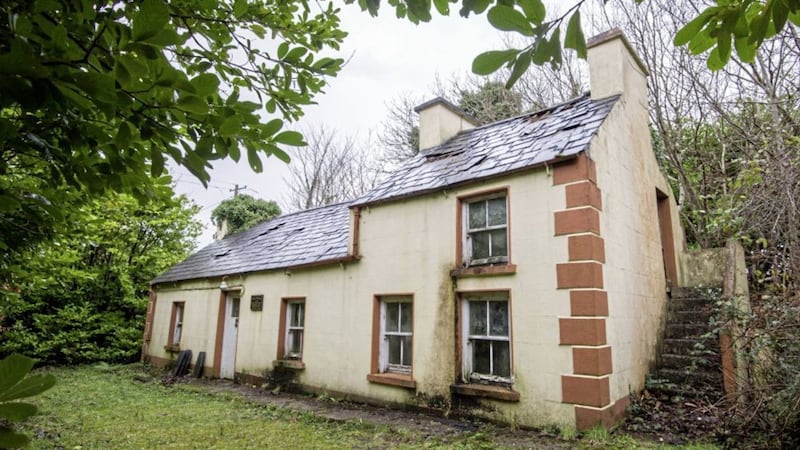A research project is being launched to examine the historical context of the County Donegal home which formed the backdrop of much of acclaimed playwright, Brian Friel’s work.
'The Laurels' near Glenties was the home of Friel’s mother, Christina McLoone’s family and was the scene for his play, Dancing at Lughnasa. The drama later found worldwide acclaim as a 1998 film, starring Meryl Streep.
Born in Omagh, Friel grew up in Derry and later taught in the city before changing professions to focus on his work as a writer. He won global fame as a playwright with Philadelphia, Here I Come, Translations and Dancing at Lughnasa among other works. He died in October 2015.
The writer sited much of his work on a fictitious County Donegal town, Ballybeg which was based on Glenties and on his mother’s home, The Laurels where he spent most childhood summers. The house was originally the station house occupied by his grandfather who was station master.
Writing in 1971, Friel recalled his intense memories of the house.
“I remember in detail the shape of the cups hanging in the scullery, the pattern of flags on the kitchen floor, every knot of wood on the wooden stairway, every door handle, every smell, the shape and texture of every tree around the place,” he said.
The house was purchased by the Brian Friel Trust in 2016 to be restored and is now listed as a “protected structure of national significance and of special architectural, scientific and cultural interest”.
Donegal county council now intends commissioning a study of Friel’s fictitious Ballybeg and 'he Laurels'. Heritage officer with the council, Joseph Gallagher said the research programme would be used to outline Friel’s life and career and to set The Laurels in its social, cultural and historical context.
Mr Gallagher said the programme would also be used to compile a history of the Friel /McLoone family.
The council has invited anyone interested in taking on the council-funded project to apply to its culture division by this Friday with the programme starting next month and running until October.








